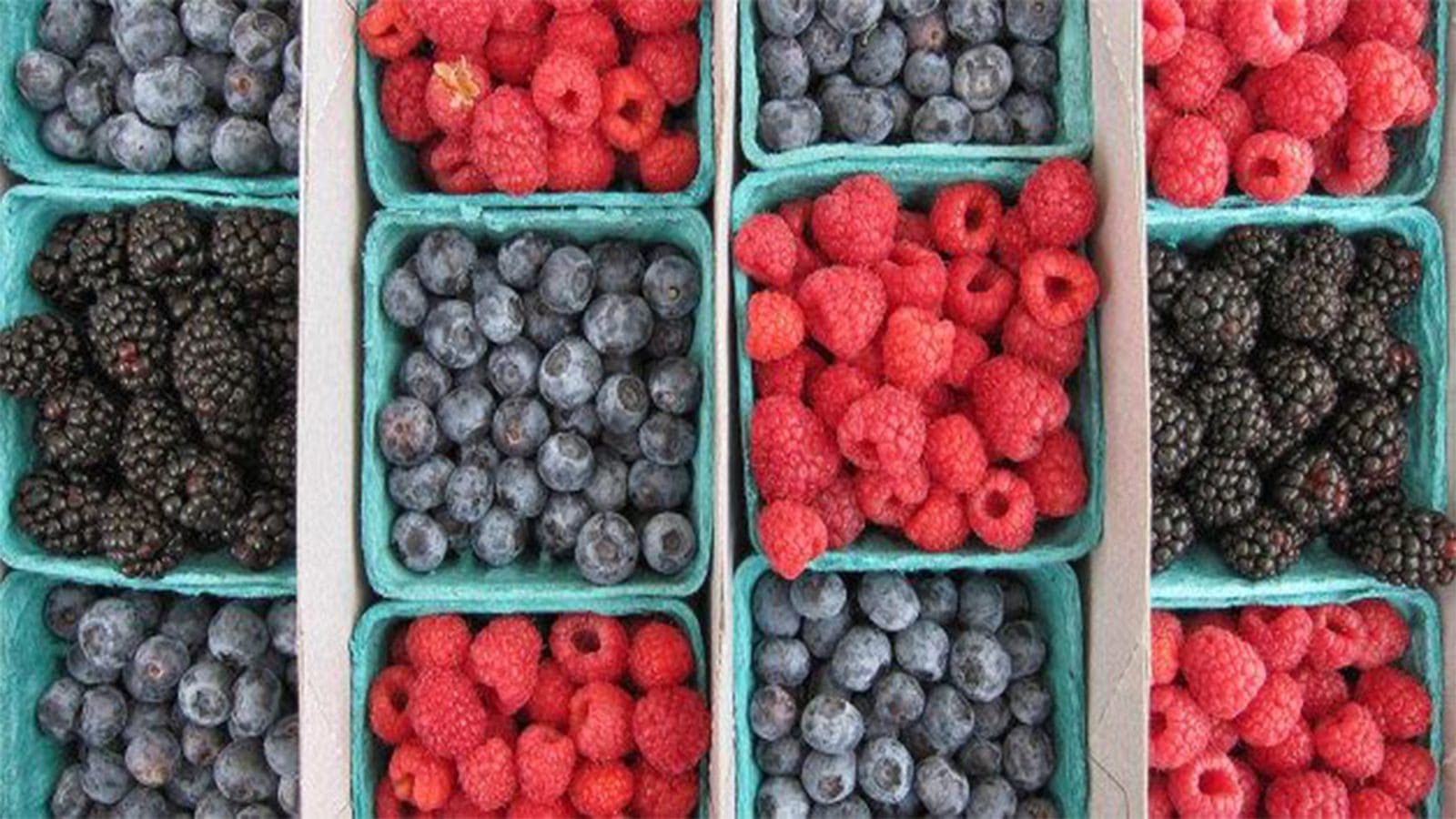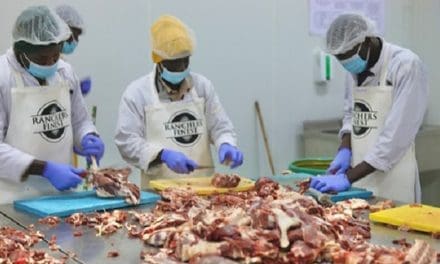CANADA – Health Canada’s Pest Management Regulatory Agency (PMRA) has notified the World Trade Organization (WTO) of proposed maximum residue limits (MRLs) for Pyraziflumid residues in specific food commodities.
More than 1,000 pesticides are frequently used to increase yields of cereals, fruits, and vegetables by protecting them against plant diseases caused by pests and pathogens including bacteria, fungi, and viruses.
However, residues of those compounds in the environment and food is potentially harmful for human health and a worldwide concern. To ensure food is safe for human consumption, MRLs for pesticides in various commodities have been established in many countries.
The PMRA is the federal regulatory authority in Canada responsible for the regulation of pesticides, deriving its authority from the Pest Control Products Act (the Act) and its regulations, including the Pest Control Products Regulations.
All pesticides manufactured, imported, distributed or used in Canada must be registered by the PMRA or be otherwise authorized under the Act.
The Act currently requires that all pesticides be re-evaluated on a 15-year cycle and gives the Minister of Health the authority to remove a pesticide from the Canadian market if the risks associated with the product are not acceptable.
The Act also includes provisions aimed at ensuring transparency in the pesticide regulatory regime and requiring consultation on major pesticide registration and re-evaluation decisions (as well as on policies, guidelines and codes of practice related to pesticide regulation).
In 2018, Pyraziflumid was discovered as a novel member of succinate dehydrogenase inhibitor fungicide and registered for sale and use in plant cultivation in Japan and South Korea.
Three commercial products containing this active ingredient have been launched, for vegetables, fruit crops, and turf, respectively.
Nevertheless, there are no MRLs for Pyraziflumid in food in Codex or the European Union. Recently, PMRA accepted its use for specific foods and put in place a number of MRLS including bushberries (6ppm), caneberries (4ppm), stone fruits (2ppm), Small fruits vine climbing, except fuzzy kiwifruit (1.5ppm), Pome fruits (0.4ppm) and Tree nuts (0.4ppm).
This update has the potential to affect agricultural producers, food manufacturers, and pesticide manufacturers.
The listed food products destined for Canada, must not have residues of Pyraziflumid exceeding the MRLs. Complying with food safety regulations can be a complex, time-consuming and expensive process and as such food producers should seek professional advice.
The Quick Easy, Cheap, Effective, Rugged and Safe (QuEChERS) method is effective for the extraction of most pesticides and is appropriate for Pyraziflumid in crops.
Based on its chemical structure, high performance liquid chromatography coupled with tandem mass spectrometry (LC-MS/MS) is the best analytical process to give the high accuracy, selectivity, and sensitivity.
WTO members are expected to submit their comments to the PMRA before May 14, 2022.
Liked this article? Subscribe to Food Safety Africa News, our regular email newsletters with the latest news insights from Africa and the World’s food safety, quality and compliance. SUBSCRIBE HERE








